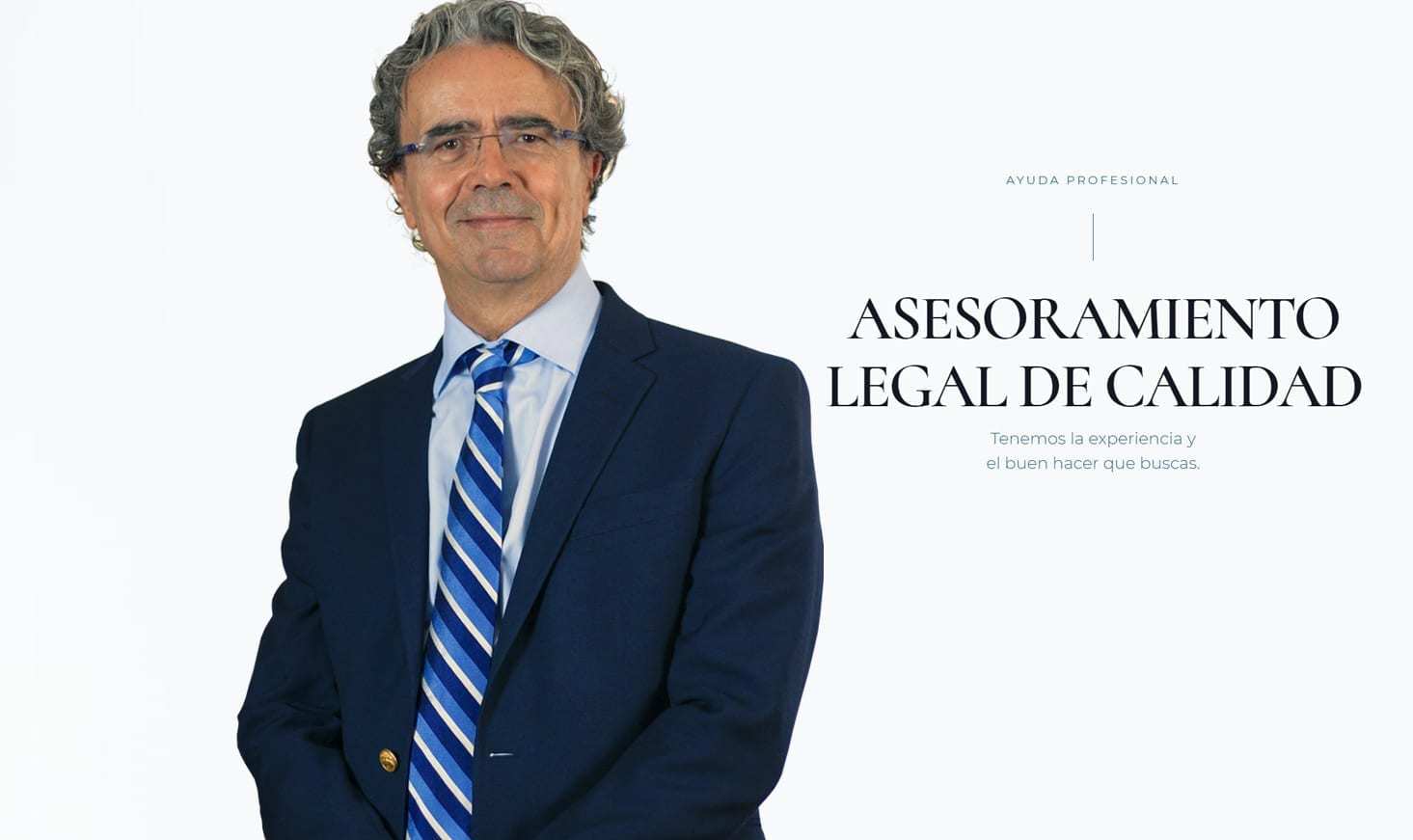CLINICAL CLAIM. DAMAGES FROM TATTOO REMOVAL.
Among the responsibilities arising from healthcare assistance, we find the contractual liability of those who, through a dermoesthetic or Aesthetic Medicine clinic, commit to delivering a promised result.
We are talking about what is known as satisfactory healthcare. Unlike curative healthcare, we find satisfactory healthcare.
 VOLUNTARY OR SATISFACTORY MEDICINE VERSUS NECESSARY MEDICINE.
VOLUNTARY OR SATISFACTORY MEDICINE VERSUS NECESSARY MEDICINE.
The difference between so-called voluntary or satisfactory medicine and necessary or therapeutic medicine has repercussions on the doctor’s obligation to obtain the informed consent of their patients, derived from the provision of the lex artis ad hoc.
In this regard, the jurisprudence has established a greater rigor for cases of voluntary or satisfactory medicine. This includes interventions such as aesthetic improvements, birth control, placement of contraceptive devices, dental treatments, and hair implants, among others.
This contrasts with necessary, assistive, or therapeutic medicine, which focuses on maintaining or restoring the health of a sick body. The goal is to prevent economic interests from prevailing through the exaggeration of expectations and the minimization of the risks associated with any invasive intervention.
CONTRACT FOR WORK
In these cases, the person who contracts with the clinic does so with the clinic itself and not with any doctor or healthcare professional working there, thus establishing a contractual relationship for the provision of services by which the clinic guarantees the achievement of a result.
Article 1544 of the Civil Code establishes the contract for the execution of work, where the doctor or clinic commits to the client to perform a work or a job in exchange for a payment. In this way, the achievement of an expected result is required. (…) Responsibility will arise from the failure to achieve the agreed result since the contract for work is a bilateral contract with reciprocal obligations, where, in exchange for the payment by the client, there is a counter-obligation, the duty to deliver the work.
CASE PRESENTATION
In the case at hand, our client contracted the services of a clinic in Alicante for an advanced aesthetic treatment consisting of the removal of a long-standing tattoo on her arm using intense pulsed light or IPL technique.
This is a technique widely used in dermoesthetic or Aesthetic Medicine clinics for skin treatments, including the treatment of pigmented lesions and others.
It should be noted that this person had been attending another clinic where she had already received several successful sessions, but due to financial constraints, she decided to look for another clinic online. She found this one and agreed to have one session for a small amount to check the clinic’s effectiveness. Once confirmed, she planned to book more sessions at a better price.
After the first session, our client started feeling discomfort the same day, which worsened the next day, leading to fever and pain. Within 48 hours, she went to the Health Center, where she was diagnosed with a second-degree burn, later determined to be third-degree.
She was prescribed to go to the Hospital the next day due to the severity of the burn, so they could treat her in the Emergency Room and perform the necessary care for 10 days.
She has been receiving medical care for 78 days, stabilizing with sequelae, presenting scarring sequelae with significant aesthetic damage.
Currently, she has a sequela that cannot be avoided but will require regenerative treatment to alleviate her situation, given the visibility of the affected area on her arm.
This case may seem insignificant to the reader, as unfortunately, damages from malpractice are not uncommon. However, we want to include it on our page to inform and highlight that the essential basis of our judicial claim is the inadequate information provided to our client. Furthermore, the informed consent she received clearly evidenced this lack of information. Most importantly, these damages were never considered possible consequences of the procedure.
THE DUTY TO INFORM
Regarding the duty to inform, which is the essential premise of informed consent, we will outline some legal points due to their importance.
Article 4 of Law 41/2002, of November 14, basic regulating patient autonomy and rights and obligations regarding information and clinical documentation, establishes that the duty to inform is a prerequisite for informed consent. This article states that “patients have the right to know, with regard to any action in the field of their health, all available information about it, except for cases exempted by law.”
Regarding satisfactory medicine, given its peculiar nature, doctrine has understood that a greater rigor in providing information is required.
In the same line, Article 2.6 of the same Law 41/2002, of November 14, establishes as a basic principle that every professional involved in healthcare activities is obliged not only to correctly perform their techniques but also to comply with the duties of information and clinical documentation, and to respect the decisions freely and voluntarily made by the patient.
INFORMED CONSENT
The duty to inform is a necessary prerequisite for informed consent, derived from the principle of patient autonomy, conceived as the right to determine treatments that involve their life and physical integrity, which constitute personal decisions exclusively belonging to them.
Only when the patient, with sufficient information and adequate understanding, freely makes a decision regarding a medical procedure, can it be concluded that they consent to the treatment to be provided.
In short, the lack of information equates to the deprivation of the right to consent.
Law 41/2002 confirms this in Article 2.2: consent, which must be obtained after the patient receives information, will be given in writing, as well as Article 2.3: the patient or user has the right to freely decide, after receiving appropriate information, among the available clinical options. In relation to the right to free choice, they must be informed of all the risks and consequences involved in the surgical intervention for which information is being sought.
Therefore, in satisfactory medicine, the material content of the information must be objective, truthful, complete, and accessible. This includes the possibilities of failure of the intervention, i.e., the prognosis of the probability of the outcome. Additionally, it must cover any sequelae, risks, complications, or adverse results that may occur, whether permanent or temporary, regardless of their frequency. This conclusion has been repeatedly upheld by our jurisprudence.
Therefore, the possibility of such events must be warned of, even if they are remote, unlikely, or occur exceptionally, especially if the foreseeable event is not the failure to achieve the result but a severe complication or worsening of the aesthetic state.
The information on foreseeable risks is independent of their probability or percentage of cases, and only those unknown to medical science at the time of the intervention are excluded. The importance of the duty to inform lies, in turn, in informed consent, so that it cannot be given without the former.
DISPROPORTIONATE DAMAGES
The responsibility of the medical professional is based on means and, as such, cannot guarantee a specific result.
The opposite would mean disregarding the subjective idea of fault, inherent to our system, to impose objective liability derived from the mere result achieved in the performance of the medical act. This would be done regardless of any other assessment of fault and causality, and proof of medical practice adjusted to the lex artis.
It must be taken into account that it is scientifically recognized that the certainty of a result is not possible since not all individuals react in the same way.
The doctrine of disproportionate damage (disproportionate damage is that which is neither foreseen nor explainable in the sphere of professional performance and requires the medical professional to prove the circumstances under which it occurred by the principle of ease and proximity of proof). A coherent explanation is required for the significant disparity between the initial risk involved in the medical activity and the resulting consequence, so that the absence or omission of an explanation can determine liability, creating or giving rise to a presumption of negligence.
Undesirable or unsatisfactory results that fall within the typical risks of an aesthetic surgery intervention, properly informed and consented to by the patient, cannot be classified as disproportionate damage.
It is evident that in the present case this is not the situation, hence we consider that the result is such that it is not understood as a consequence of a healing or curative act, but rather as a harmful and damaging act due to negligence.
Carlos Baño Abogados
We have obtained an expert report that demonstrates the cause-effect relationship between the treatment performed at the clinic and the significant burns on our client’s arm, where the treatment was carried out.
Another cause of liability in this case, complementary to the previous one, stems from the existence of disproportionate damages that could never be justified in the practice of medical activity, which would be sufficient cause for liability on the part of the clinic.
Finally, we also consider that the contract with the clinic is a contract for work and not a service lease, a contract by which our client was guaranteed a result and for which she paid what was requested. Given that the obtained result is not the contracted one, there is also clear contractual non-compliance by the clinic.
Consequently, we consider that the clinic has three areas of liability: one is contractual non-compliance; the second is the lack of adequate information and therefore the lack of informed consent; and finally, the existence of medically unjustifiable disproportionate damage, which must inevitably be identified as malpractice.
At our law firm, we are experts in damage law. If you have any questions, we are here to help you.



